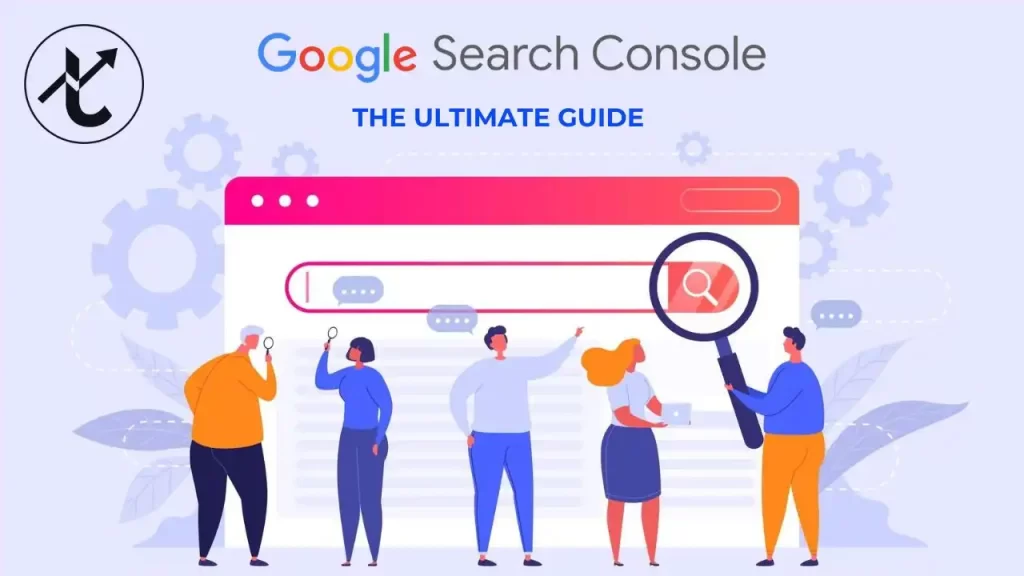Search engine optimization (SEO) is always changing, and 2025 is bringing some big shifts. If you want your website to rank high on Google, you need to keep up with the latest trends. This blog dives into the SEO Trends 2025, focusing on what Google wants now. We’ll cover semantic SEO techniques, Google ranking factors 2025, schema markup SEO benefits, AI in SEO, E-E-A-T signals, and zero-click search optimization in simple, everyday language. Let’s get started!
Semantic SEO Techniques: Understand What Users Mean
Semantic SEO techniques are all about understanding what people are searching for, not just the words they type. Google’s getting smarter at figuring out user intent. For example, if someone searches “best running shoes,” Google wants to know if they’re looking for reviews, prices, or brands.
In 2025, focus on creating content that answers questions clearly. Use related keywords, like “comfortable sneakers” or “running gear tips,” to cover the topic fully. Write in a natural way, like you’re explaining something to a friend. This helps Google see your content as relevant and boosts your chances of ranking higher with Google ranking factors 2025.
Google Ranking Factors 2025: What’s New?
Google’s ranking factors are the rules it uses to decide which websites show up first. In 2025, Google ranking factors 2025 focus on user experience, content quality, and relevance. Here’s what matters most:
- Page Speed: Your website needs to load fast, especially on mobile phones.
- Mobile-Friendly Design: More people use phones than computers for searches, so your site must look good on small screens.
- Quality Content: Write helpful, accurate content that solves problems for readers.
- Backlinks: Links from trusted websites still matter a lot.
To rank well, make sure your site is easy to use and packed with valuable information. Combine this with semantic SEO techniques to match what users are looking for.
Schema Markup SEO Benefits: Stand Out in Search Results
Schema markup SEO benefits are huge in 2025. Schema markup is like a special code you add to your website to help Google understand your content better. For example, if you run a recipe blog, schema markup can tell Google your page has a recipe, including ingredients and cooking time.
This code helps your site appear in rich snippets, like star ratings or event details, which make your listing more clickable. It’s a simple way to boost zero-click search optimization because users get quick answers right on Google’s results page. Plus, it aligns with Google ranking factors 2025 by making your content clearer to search engines.
AI in SEO: Let Technology Do the Heavy Lifting
AI in SEO is a game-changer for 2025. Artificial intelligence helps you analyze data, find the right keywords, and even write better content. Tools like AI-powered keyword planners can spot trends and suggest topics that match semantic SEO techniques. For example, AI can tell you if “best laptops” is trending and what related terms people search for, like “laptops for gaming.”
AI also helps with content creation. It can suggest outlines or even draft parts of your blog, saving you time. But don’t rely on AI alone—always add your personal touch to show E-E-A-T signals (more on that later). Google loves content that feels human, even if AI helps you get started.
E-E-A-T Signals: Build Trust with Google
E-E-A-T signals stand for Experience, Expertise, Authoritativeness, and Trustworthiness. Google wants to show users content from people who know their stuff. In 2025, these signals are a big part of Google ranking factors 2025. Here’s how to nail them:
- Experience: Share real-life examples or personal stories in your content.
- Expertise: Write about topics you’re knowledgeable about or cite experts.
- Authoritativeness: Get backlinks from trusted sites to show you’re a reliable source.
- Trustworthiness: Use HTTPS, clear contact info, and honest content to build trust.
For example, if you’re writing about health, include quotes from doctors or link to studies. This boosts your E-E-A-T signals and helps with semantic SEO techniques by showing Google your content is deep and reliable.
Zero-Click Search Optimization: Win Without a Click
Zero-click search optimization is super important in 2025. A zero-click search happens when Google shows the answer right on the results page, like a quick fact or a weather update. People don’t need to click your site to get the info, so how do you win?
The trick is to optimize for featured snippets and rich results. Use schema markup SEO benefits to make your content eligible for these spots. Write clear, concise answers to common questions in your niche. For example, if you run a travel blog, answer “What’s the best time to visit Paris?” in a short paragraph at the top of your post.
This strategy also ties into AI in SEO because AI helps Google pick the best snippets. Make your content scannable with bullet points or numbered lists to increase your chances.
Focus on User Experience for Better Rankings
Google’s all about making users happy in 2025. That’s why user experience (UX) is a key part of Google ranking factors 2025. A great UX means your website is easy to navigate, loads quickly, and looks good on any device. Here’s how to improve it:
- Keep menus simple so users can find what they need.
- Use clear headings and short paragraphs for readability.
- Optimize images to load faster without losing quality.
Good UX also supports zero-click search optimization. If users stay on your site longer because it’s easy to use, Google notices and may rank you higher.
Content Depth with Semantic SEO Techniques
To rank well, your content needs to go deep. Semantic SEO techniques help you cover a topic completely. Instead of writing a short post about “dog food,” write a detailed guide about “choosing the best dog food for small breeds.” Include related topics like ingredients, brands, and feeding tips.
This approach matches what Google wants in 2025: content that answers every angle of a user’s question. Use AI in SEO tools to find related keywords and questions to include. This also strengthens your E-E-A-T signals by showing you’ve done your homework.
Voice Search and AI in SEO
Voice search is growing fast, thanks to devices like Alexa and Google Home. In 2025, AI in SEO plays a big role in optimizing for voice search. People use natural, conversational phrases when talking to these devices, like “What’s the best pizza place near me?”
To rank for voice search, use semantic SEO techniques by writing in a conversational tone. Answer questions directly and use long-tail keywords. For example, instead of “pizza places,” target “best pizza restaurants in Chicago.” This also helps with zero-click search optimization, as voice search often pulls answers from featured snippets.
Build a Strong Backlink Strategy
Backlinks are still a huge part of Google ranking factors 2025. These are links from other websites pointing to yours, and they tell Google your site is trustworthy. Focus on getting links from high-quality sites in your niche. For example, if you write about fitness, a link from a popular health blog is gold.
To build backlinks, create amazing content that others want to share. Guest blogging, infographics, and how-to guides are great ways to attract links. Strong backlinks also boost your E-E-A-T signals, making your site look more authoritative.
Why These Matter in SEO Trends 2025
Staying on top of SEO trends for 2025 is the key to getting noticed online. Google’s focus is on giving users the best experience, so your website needs to be fast, helpful, and trustworthy. By using semantic SEO techniques, you can match what users are searching for. Schema markup SEO benefits help your content stand out, while AI in SEO saves you time and boosts results. E-E-A-T signals build trust, and zero-click search optimization gets you featured in Google’s top spots.
Start small: pick one or two trends to focus on, like adding schema markup or improving your content’s depth. Over time, combine all these strategies to climb the rankings and make Google love your site.




